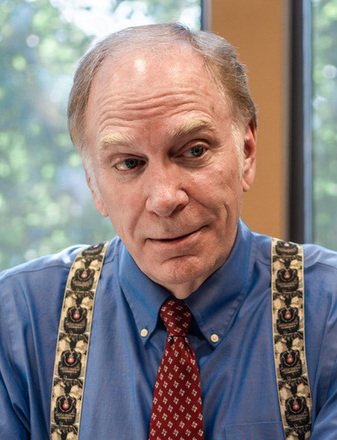Forensic accident reconstruction is the process of taking all of the available data from an accident, including photographs and measurements taken at the accident of skid marks, photographs of impact points on the vehicles, photographs of the debris spread area, the weight of the vehicles, the amount of pressure applied to the brakes if recorded by the vehicle’s information recorder, weather conditions, road surfacing and conditions, time of day, and all the other associated information and applying principles of physics to that data to show how each vehicle moved during the sequence of events.
In the not too distant past, these calculations were done by hand and recreations were typically provided as drawings or unsophisticated miniature physical models. Today’s technology allows all of the data to be put into computer modeling programs which can run the calculations quickly and efficiently and spit out likely scenarios. So, if a driver indicates they turned the wheel prior to impact or hit the brakes at some particular point prior to that indicated by skid marks, or took other evasive actions, computer models can be quickly adjusted with information that will accurately depict what the accident, and the resulting condition of the vehicles, would have looked like. By making various adjustments to the human statements provided, an accident reconstructionist can work towards the model that lines up with all the pieces left behind at an accident scene.
Sometimes that model looks exactly like what the people involved described, but sometimes memories can be fuzzy or out of order when they are formed in a high stress environment. Forensic reconstruction allows attorneys to drill down to the most likely scenario and present it to a jury with the expert on hand to explain how the model was configured and what adjustments were required to align the model with the final resting points of the vehicles involved and the debris scatter area.
Forensic accident reconstruction sounds complicated because it is. It’s a science and like all other industries, there are some people who are very experienced and very well respected and who produce quality, unbiased work and there are others who cut corners, present shoddy end work, fudge the science or program, or are simply uncomfortable presenting information in a deposition or at trial.
Accident reconstruction is also an expensive service to obtain and generally requires an attorney’s law firm to provide payment for final reports before the reports are issued. Bringing an expert to a deposition or trial is an additional expense that attorneys generally pay for during a lawsuit and for which they will seek reimbursement at the time of settlement. It’s important to consult with experienced attorneys who have established relationships with reputable forensic accident reconstructionist experts.


